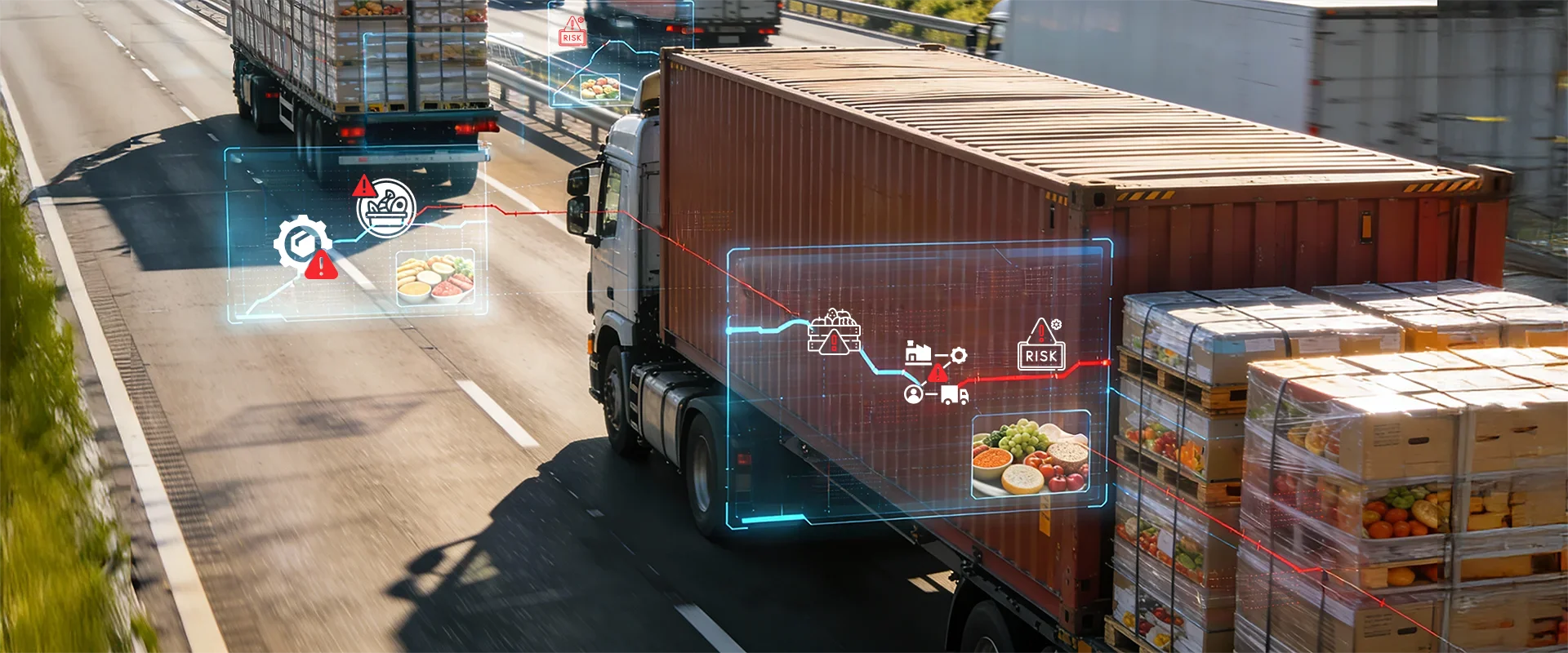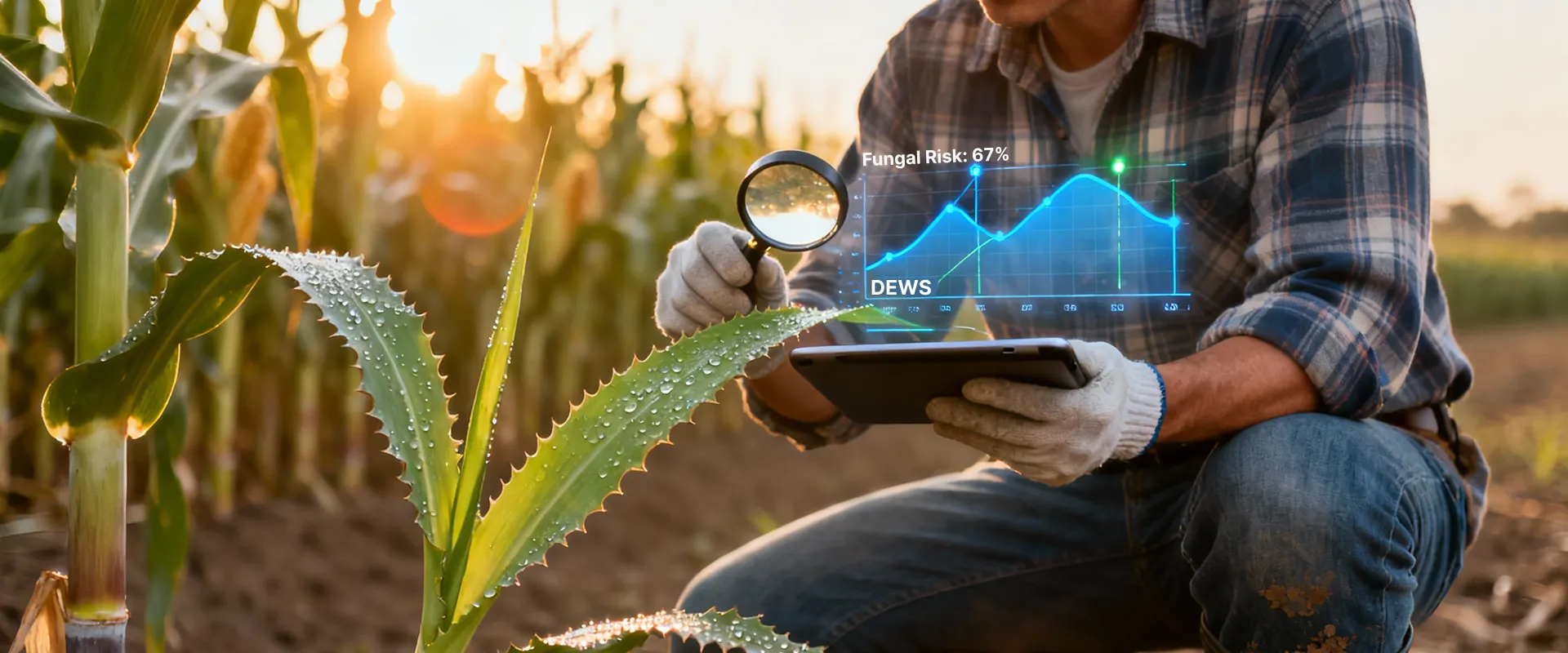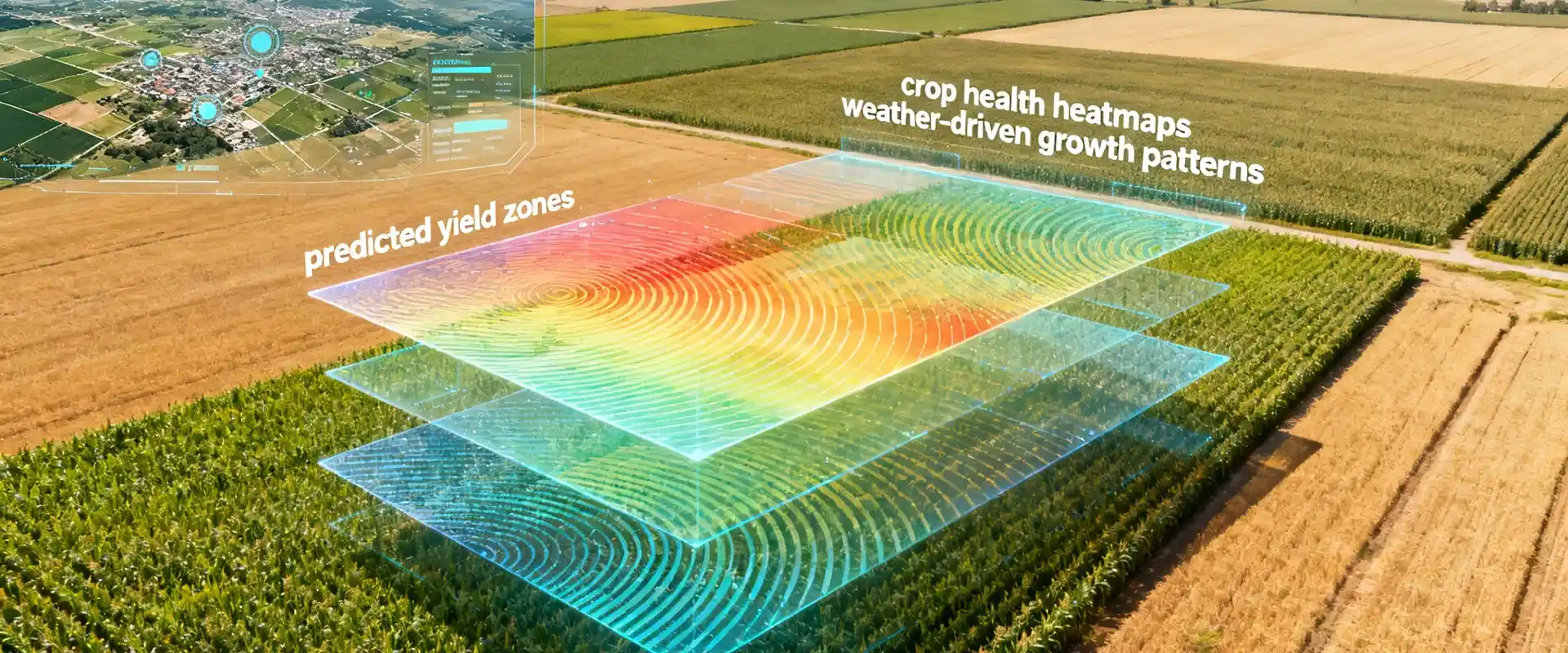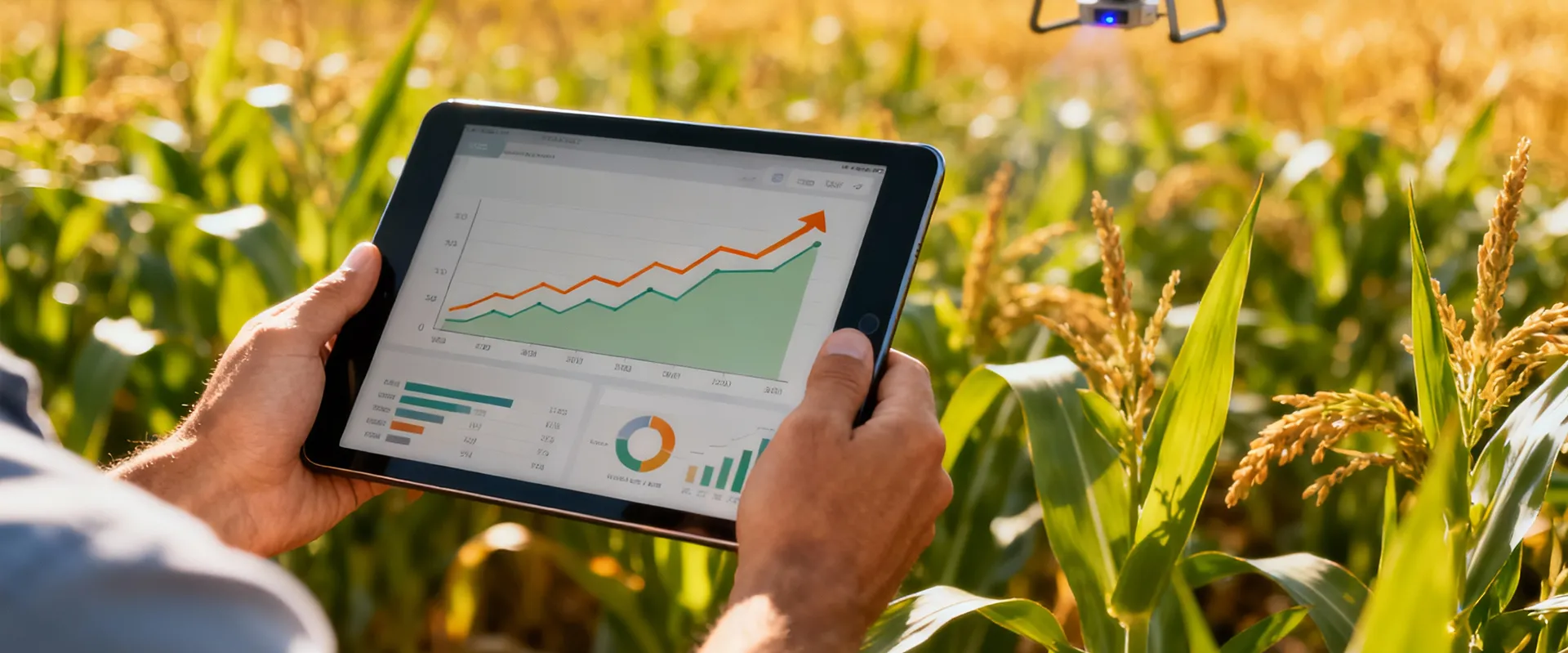It helps financial institutions adopt a data-driven growth and expansion strategy
The emergence of smart technology and AI in agriculture has led to the rise of a number of NBFCs that use technology for risk assessment and mitigation to offer credit to farmers. It enables financial institutions to understand more about growth and yield potential in different regions. Especially in agriculturally-driven economies like India, gaining reliable data-driven insights on such a large sector helps banks and financial institutions make informed expansion decisions. Real-time tracking through satellite imagery along with historical and weather performance data can help determine major agriculture zones so banks can effectively gauge their potential and tailor their products accordingly.
It improves overall efficiency and enables a smarter loan disbursal process
Technology allows banks to monitor and track funds on a real-time basis
The increased penetration of smartphones in rural areas has contributed significantly in bringing digital technology to farmers. A 2017 report by GSMA estimated that 295 million farmers out of 750 million across 69 countries own a mobile phone. This number is predicted to reach 350 million by the year 2020. Using mobile apps, farmers can maintain a record of every activity, right from seed selection and sowing to ongoing crop health assessment for timely harvesting, which helps track and monitor progress on a regular basis without deploying manual agents. This plot-level intelligence post loan disbursal reduces overall risk and ensures timely collection based on real-time on the ground information.
It helps in evaluating success and gauging branch performance by region
A high number of NPAs and increased chances of bad loans are major reasons for the reluctance of banks and financial institutions when it comes to offering loans to the sector. Before the coming of smart technology and AI in agriculture, banks had to rely on manual auditing by field agents to determine whether a farmer’s efforts would lead to a successful harvest and if he would be able to repay a loan. Digital technology offers a logical solution to this problem of uncertainty by providing accurate information at every stage of cultivation. It not only enables banks to reduce risks associated with farmer loans but also allows them to gauge the performance of their rural branches.
It needs to be understood that though there is an increase in the total credit allotted to agriculture over time, it has not helped in improving the accessibility to credit for farmers, especially in rural areas. The adoption of technology can help banks monitor and analyse activities of different branches to identify what is working and what needs improvement. Information such as the number of loans given by region, historical crop and growth data, , NPAs, and delinquencies in a region can help financial institutions refine their lending strategy and identify what they can do better to succeed in a given area or replicate the success of a region in other districts.
Discover more about how you can use AI in Agriculture here or find out how Cropin is using technology to help banks and other financial institutions offer suitable credit to farmers with minimal risk by reaching out to us.








